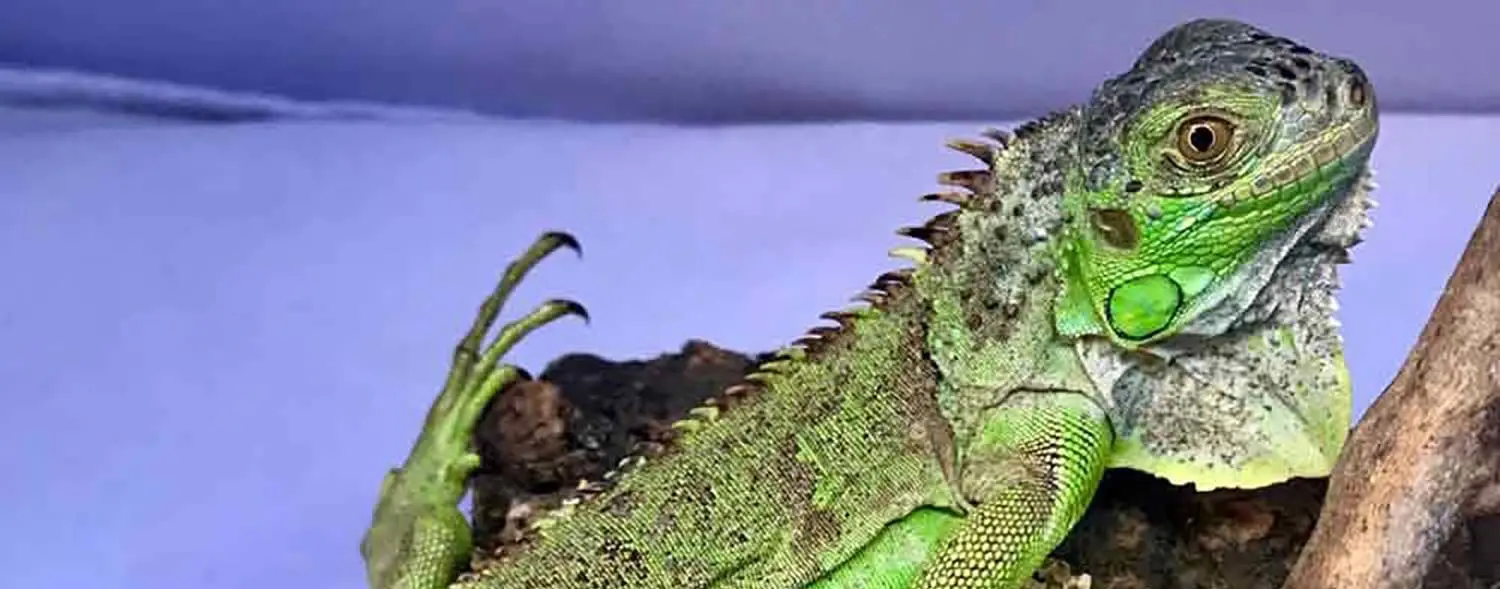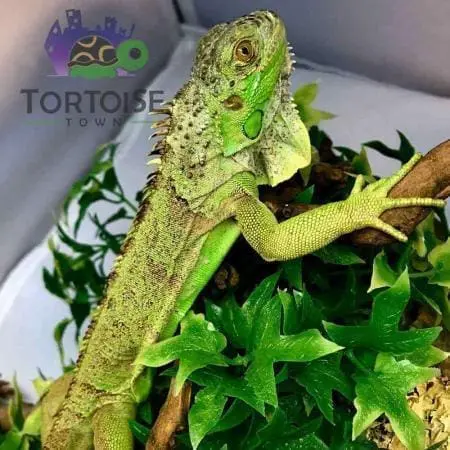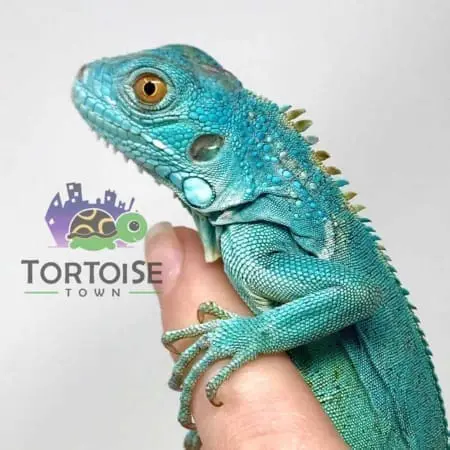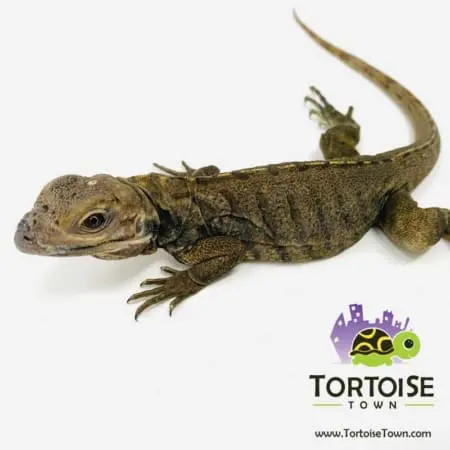Iguana Habitat
When it comes to the size of your new pet iguanas habitat, the bigger the better. Basically go with the largest sized iguana setup you can build or buy. Also, consider the largest you can fit as well. So the biggest that you can fit and largest you can afford is the best option. Consider that your once tiny pet iguana for sale will one day grow. When your Iggy grows to 3-4 feet, he or she will need some space to unwind and relax and enjoy a happy lifestyle. Consider that you could make a killer looking habitat for little money with the right plants, fake or live trees, vines and the like. Controlling humidity can be done with a reptile fogger like the one we sell here at TT.i
Iguana Habitats and Setup
Remember, Iguanas are very sensitive to changes in their environment. For this reason, it is important that you provide your iguana with a stable environment. This means stable temperatures, as well as humidity. Stable also refers to keeping the setup how the iguana is used to seeing it. Lastly, remember that pet iguanas for sale require large cages that have plenty of room for climbing and exploring. We recommend that your iguana be kept on a 12-hour light/dark cycle so that it receives ultraviolet (UV)B at least 12 hours a day. Reptile UVB lights should not be farther than 12 inches away from the baby iguana.
Iguana Care Guide – Iguana Habitats for sale
Iguana habitats for sale are often also marked or sold as chameleon habitats. We recommend the large Reptibreeze iguana habitat. The XL size is 4x2x2 ft in overall size. Using the larger will enable your iguana to both bask and cool properly as the larger environment lends to a larger thermal gradient. Thermal gradients are important for all reptiles which use the cool and hot areas of their environment to regulate body temperature.
Handling a Pet Iguana
Handling Iguana owners should learn to read their pet’s body language because it can provide hints as to whether the iguana is friendly or is about to attack. Iguanas use their tails as their first line of defense when they feel threatened. This goes for all species including the Rhino Iguana, Blue Iguana for sale, and the baby Green iguana.
How to avoid being tail whipped before your Iggy is tame!
When handling an iguana, you should always be cognizant of where its tail is, so that you can avoid being struck. Iguanas should be held with two hands; it is useful to support their body weight with one palm under the belly and to use your other hand to secure the shoulders and neck. In this position, you can tuck your iguana’s tail under the arm that is supporting its body, so that the tail is held securely against you.
Remember, scared or untame Iguanas can bite and have strong jaws and sharp teeth. When you are new to handling your iguana, be sure to avoid putting your hand near his or her mouth. Iguanas can bite, and do have teeth. While it is rare, a scared Iggy can be dangerous for those who do not respect it. Also, iguanas have long fingers and claws that help them to climb. For this reason, your new pet iguana may accidentally scratch you if allowed to climb on or around you. Putting in the time is worth while. For those that are handled often, most baby iguanas become very tame and friendly with their owners.
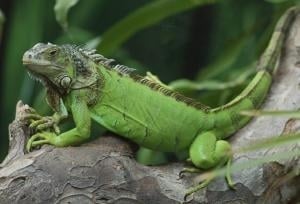
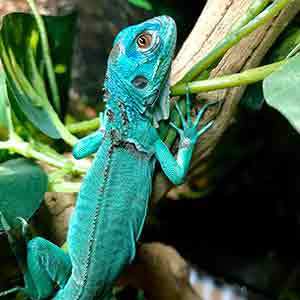
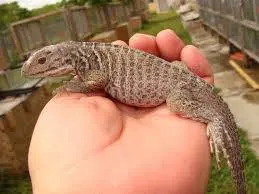
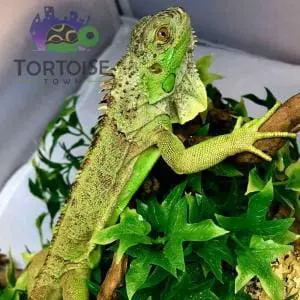
- Display 21 Products per page

